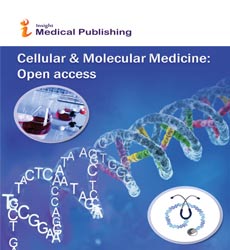Abstract
Innovations in Treatment for Drug Abuse: Solutions to a Public Health
Illicit drug use is an important public health problem with broad social costs. The low effectiveness of prevention efforts leaves treatment of drug dependence as one of the most powerful means of fighting illicit drug use. Treatment reduces drug use and crime and increases individuals' functioning. However, programs that treat drug dependence have high dropout rates and low completion rates. In addition, some individuals continue to use drugs while in treatment, and relapse is common. Furthermore, only a fraction of those who need treatment receive it. Recently, there have been important innovations that reduce barriers and increase effectiveness of treatment. These innovations include new pharmacological agents, novel counseling strategies, promising ways to motivate, and treatment in new settings. This paper describes standard treatments and recent innovations designed to increase (a) effectiveness of treatment, (b) motivation to seek care, (c) access, (d) retention, and (e) cost-effectiveness. We provide criteria on how these innovations should be evaluated in order to determine which should be adopted, funded, and transferred to existing and future treatment programs.
Author(s): Codey Rhodes
Abstract | Full-Text | PDF
Share this

Google scholar citation report
Citations : 187
Cellular & Molecular Medicine: Open access received 187 citations as per google scholar report
Abstracted/Indexed in
- Google Scholar
- China National Knowledge Infrastructure (CNKI)
- Cosmos IF
- Geneva Foundation for Medical Education and Research
- Secret Search Engine Labs
Open Access Journals
- Aquaculture & Veterinary Science
- Chemistry & Chemical Sciences
- Clinical Sciences
- Engineering
- General Science
- Genetics & Molecular Biology
- Health Care & Nursing
- Immunology & Microbiology
- Materials Science
- Mathematics & Physics
- Medical Sciences
- Neurology & Psychiatry
- Oncology & Cancer Science
- Pharmaceutical Sciences

